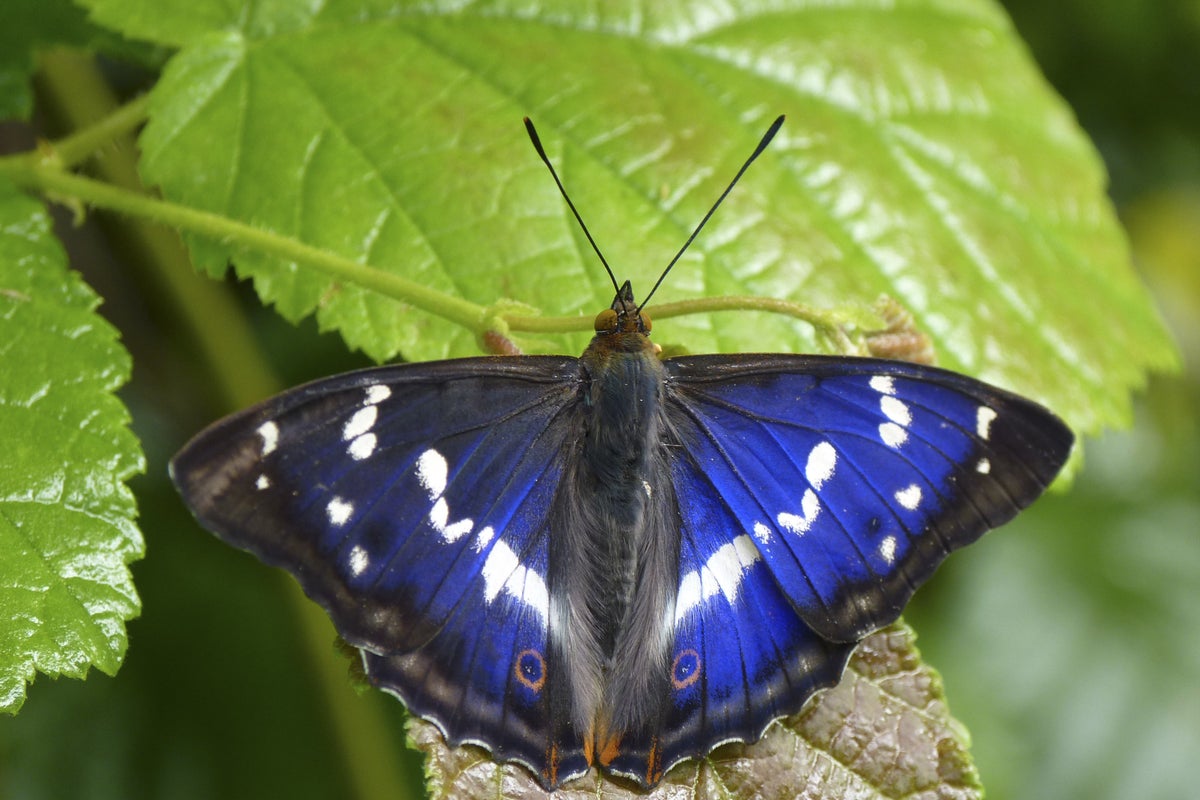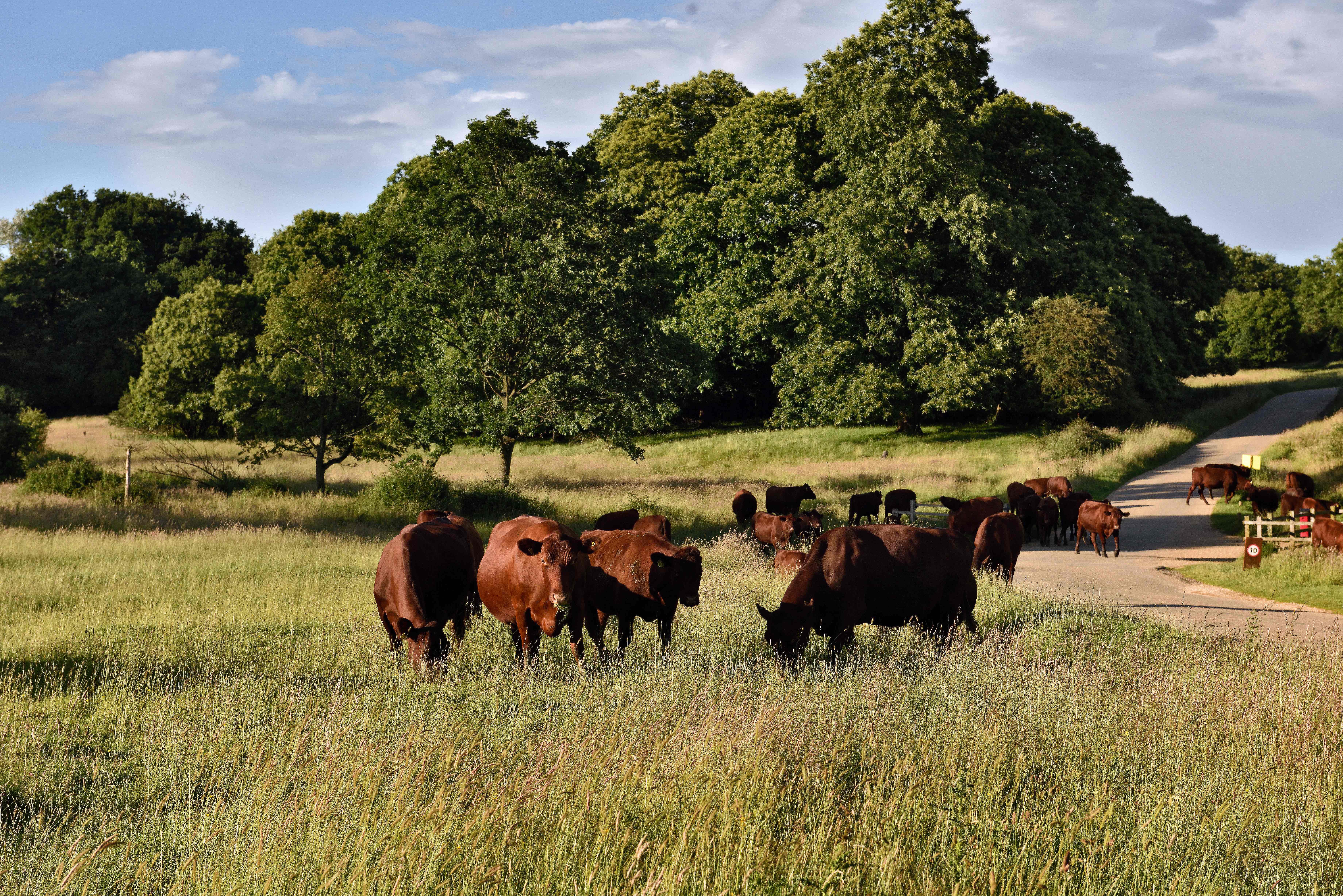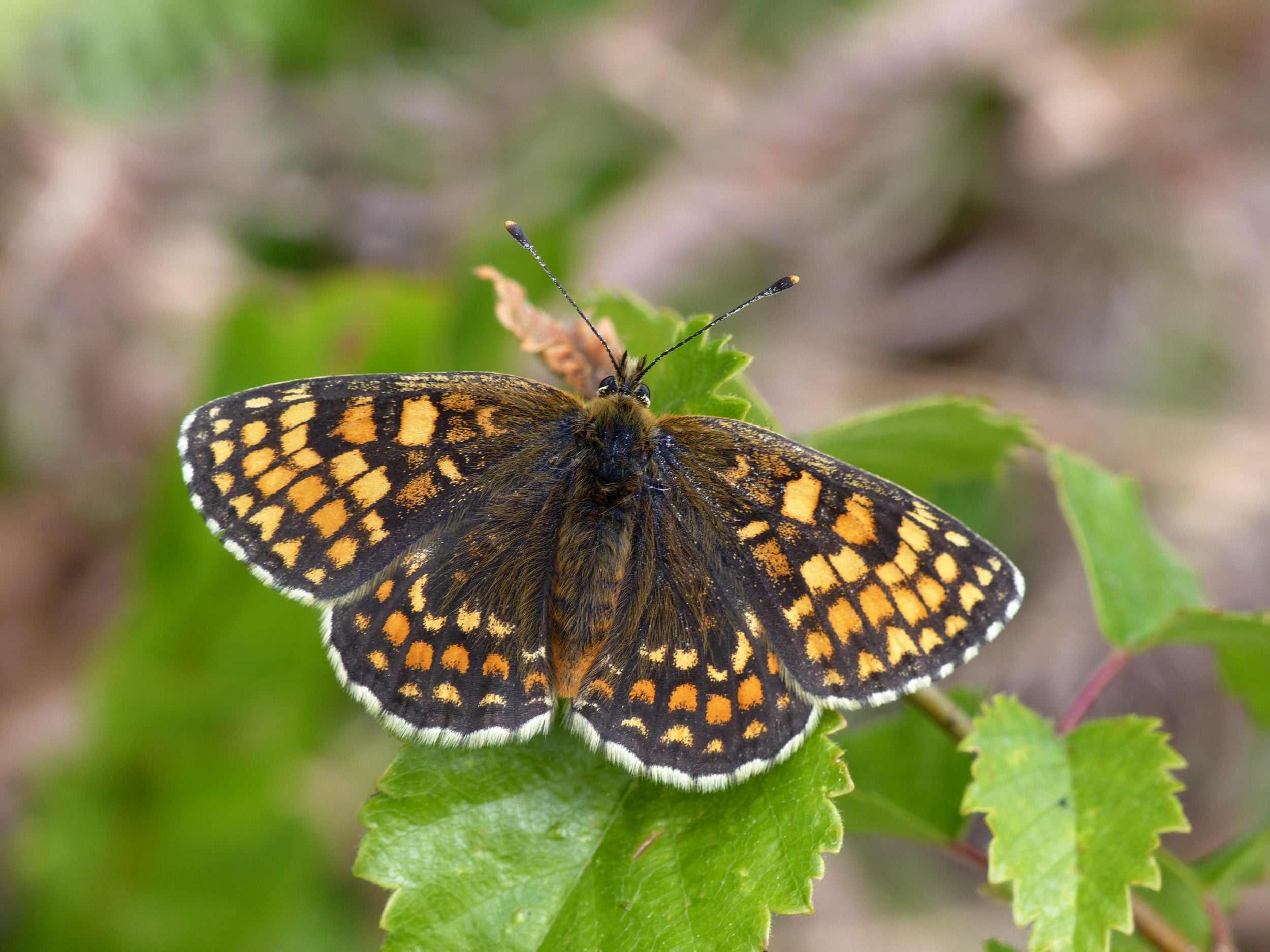
Delaying the cutting of grass and wildflowers until later in summer has been credited with boosting the number of butterflies recorded at an ancient royal hunting forest.
The National Trust, which looks after Hatfield Forest in Essex, said the number of butterfly species recorded at the reserve has reached a 17-year high.
The conservation charity said the reserve is home to 24 butterfly species.
It said numbers of marbled-white and small heath butterflies are particularly high, and sightings of the elusive purple emperor are also on the increase.

While a hot and dry spring contributed to high numbers, it is thought that a change in the way the landscape is managed has had the biggest impact, the charity said.
James Rowland, National Trust operations manager at Hatfield Forest, said: “Grassland management is an important part of how we manage the landscape.
“Two years ago we decided to make a small change to managing this habitat and since then we’ve seen numbers soar.
“Each year the grass, including the wildflowers, would be mechanically cut in June, but by delaying this as long as possible, to late July into August, we’re allowing flowering species to remain in flower for longer, providing greater benefit to nectar-reliant species.
“Even plants such as thistle and ragwort, which can outcompete other flora species without some level of control, are extremely valuable for butterflies and other pollinators, so we’ve been allowing them to remain in flower as long as possible and only cutting at the point they turn to seed.”
A herd of red poll cattle also play a part in creating the best conditions for wildflowers to grow.

“When cattle graze, not only do they help keep scrub and other dominant plants under control, they help break up the compacted soil,” said Mr Rowland.
“For the last few years we’ve made the move to retain a small number to graze over the winter months to help suppress the growth of scrub species like bramble.
“We’re finding that the presence of the cattle during this period of the year is also helping to prevent a thick thatch of plant matter from smothering next spring’s growth of grass and wildflowers.”
He continued: “As our summers get hotter and drought-like conditions become more common, it’s more crucial than ever to sustain a nectar source for our pollinators.
“During a peak dry spell, many grassland species quickly start to decline and our hardiest species like thistle and ragwort can be a lifeline to many invertebrates.”
Official records at the forest began in 2008 but annual butterfly surveys have been carried out by staff and volunteers for more than 50 years.
The National Trust describes Hatfield Forest as the “most complete example of a medieval royal hunting forest surviving today”.
Hatfield Forest was owned by the then King of England, Harold, immediately before the Norman Conquest in 1066.
It then passed to William after his victory at the Battle of Hastings and is mentioned in the Domesday Book of 1086.
The royal hunting forest was created by Henry I in about 1100 and royal hunting rights remained until 1446.
£13m scheme boosts rare wildlife but experts warn ‘time running out’ for nature
Urgent drought and wildfires warning issued amid UK heatwave
Blue whales have gone silent, and that has scientists worried
Greenpeace installs Anish Kapoor artwork on Shell platform in North Sea
Homes, school and green spaces to replace old coal-fired power station
Record humidity across the world in 2024 as experts warn of rising health risk







